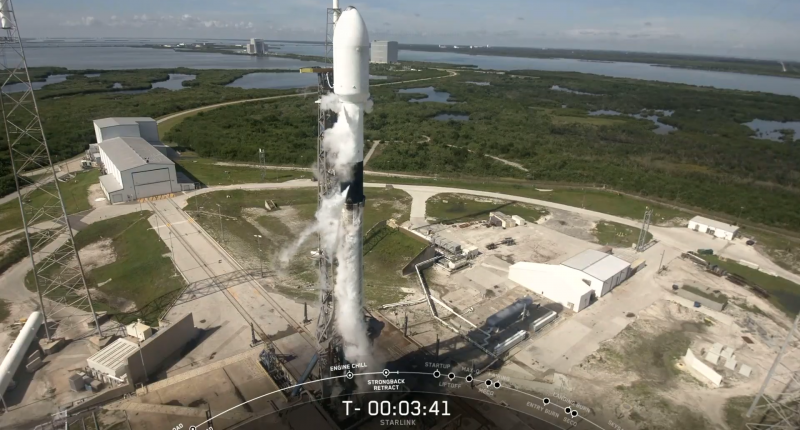SpaceX has managed to break yet another record with its latest mission, a new normal for the Elon Musk led company so to say, having launched its first polar orbit mission carrying a payload from Argentine space agency, and two small satellites for clients Tyvack and PlanetiQ.
The Argentine-built satellite, which is equipped with a sophisticated radar imaging instrument, separated from the Falcon 9 rocket about 14 minutes into the mission. The other two smaller ones, GNOMES 1 and Tyvak 0172, deployed successfully about 45 minutes later.
The launch took place at Cape Canaveral, using a rocket that had been on two previous missions before this-the first one being a resupply mission on behalf of NASA for the ISS, and the second being a Starlink launch.
This was the first time that SpaceX launched a rocket in the south-southeast direction, instead of the usual northeast or east. Moreover, it should also be noted that this was the first mission to take flight in a southerly direction from Cape Canaveral since 1969, as launches since then aimed towards that direction have been taking place from Vandenberg Air Force Base in California. This is because the launch site has an open range over the Pacific Ocean, and does not require a rocket to make an in-flight turn.
However, seeing how advanced Falcon 9 rockets are, this one was able to make its way through the clouds and marched towards south-southeast from Florida’s Space Coast, making an easy right turn to fly along the east coast of Florida over Fort Lauderdale and Miami on the way to a polar orbit.
Also, it goes without saying that the company was able to secure the booster at its launching pad, something that it has done dozens of times now.
SpaceX had planned to break another record with this mission, and launch 2 missions in a single day instead of one. However, that plan was put to rest by bad weather conditions, which delayed the launch of a Starlink mission. That rocket it still loaded with 60 Starlink satellites, and is scheduled to launch tomorrow.
The Tech Portal is published by Blue Box Media Private Limited. Our investors have no influence over our reporting. Read our full Ownership and Funding Disclosure →






